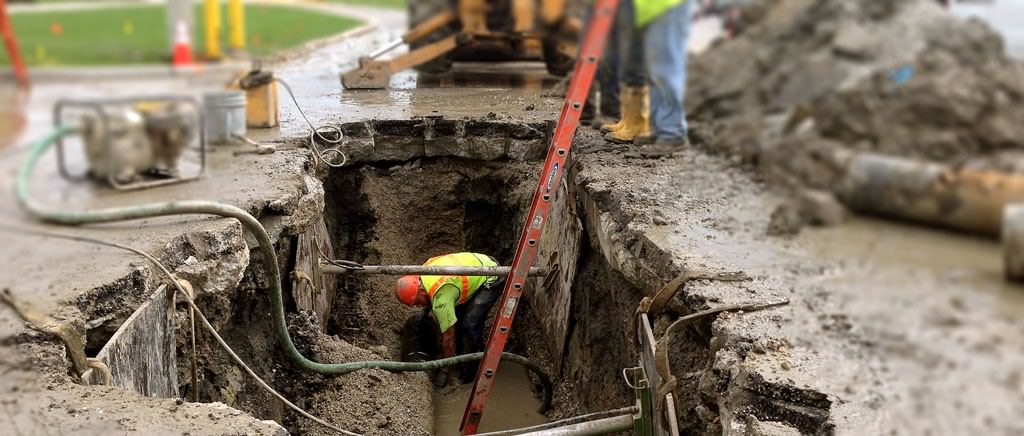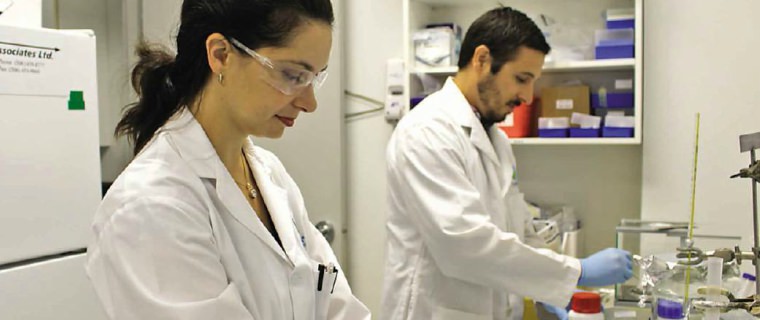Over the course of the COVID-19 pandemic, it is likely that many people have forgotten about Legionella, which has been described as a “quiet pandemic” by legislators in the United States. While the focus of many government health authorities has been to react to and reduce the impact of COVID-19, the many stay at home orders issued, and the increase in employees working from home has been ideal for Legionella bacteria present in cooling towers in commercial systems.
These bacteria thrive in stagnant water systems, where regular monitoring, cleaning and maintenance would significantly reduce or remove their populations. In the fight against COVID-19 it’s likely that plans for Legionella management have fallen by the wayside. This has been shown empirically over the past few months as employees have returned to work on-site.
Legionella detected by the CDC
The most high profile of these stories was the detection of Legionella bacteria at buildings leased by the Centers for Disease Control and Prevention in Atlanta, GA. The bacteria were discovered in a cooling tower, in addition to other water sources in the buildings. Out of an abundance of caution, the buildings were closed until proper remediation could take place, and no employees became sick. This shows that even the nation’s top health authority on disease prevention is not immune to issues with infectious diseases.
One of the issues with proper Legionella management is that the bacteria are ubiquitous in our freshwater environment. This means they’re present naturally in many of our freshwater environments that commercial and municipal water systems draw from. At low concentrations, and with proper cleaning and testing, Legionella does not pose a risk to humans. It is when populations are allowed to build up that the risk of an infectious human outbreak increases.
Learn why qPCR testing is a game changer for Legionella testing, and what the validation data has to say about its efficacy, benefits, and how it compares to other methods.
Governments introduce new legislation
Luckily, it seems that those in positions of power are starting to realize that Legionella poses a risk to citizens, especially with the aging infrastructure present in many towns and cities in the United States. Earlier this year, state senators in both Illinois and Florida introduced bills that include new requirements regarding Legionella risk mitigation.
Senate Bill 3778 in Illinois would make amendments to the Environmental Protection Act (EPA) and introduce requirements for the construction, operation, registration, and approval of on-site Legionella control systems installed within plumbing systems that receive finished water from a public water supply.
Senate Bill 1190 in Florida seeks to create an online register of cooling towers in the state, and requires the owners to regularly maintain, clean, test, and report results to the state. The bill also requires that the owners keep records for a certain period of time and have a comprehensive maintenance plan for the cooling tower. Florida is especially susceptible due to its southerly position and year-round warm weather, combined with an older, retired population.
Resources for the fight against Legionella
It is actions like these that will help in the fight against Legionella. The CDC offers a toolkit to help building owners and managers evaluate their system to determine if a Legionella water management plan (WMP) is required, and if so, to help build that plan.
LuminUltra offers a comprehensive Legionella testing solution by our GeneCount® product line. This combination of test kits, instrumentation, and software, allow users to assess the concentration of Legionella in their water systems in under two hours by qPCR.
Learn more
Any questions? We’re happy to help. Contact one of our experts today.









